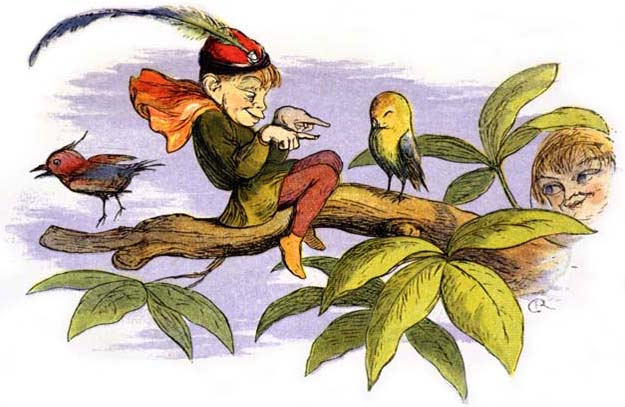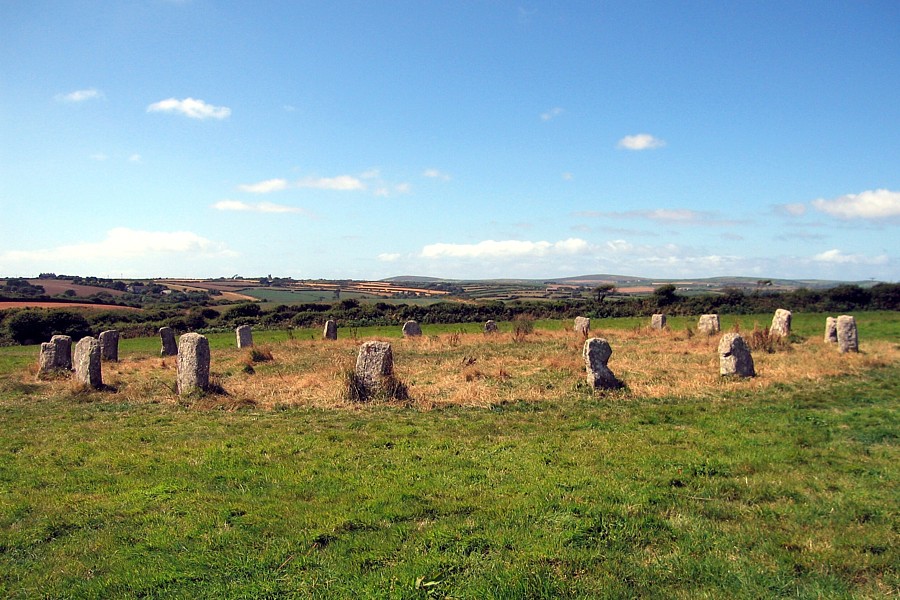|
Scottish Folklore
Scottish folklore (Scottish Gaelic: ''Beul-aithris na h-Alba'') encompasses the folklore of the Scottish people from their earliest records until today. Folklorists, both academic and amateur, have published a variety of works focused specifically on the area over the years.Sanderson (1957: 457-466). Some creatures of Scottish folklore are Loch Ness Monster, brownies, bogles, kelpies, selkies, the wulver, the bean-nighe and the blue men of the Minch. Notes References * See also * Cornish mythology *English folklore *Matter of Britain * Welsh folklore *Welsh mythology *Scottish mythology Scottish mythology is the collection of myths that have emerged throughout the history of Scotland, sometimes being elaborated upon by successive generations, and at other times being rejected and replaced by other explanatory narratives. Na ... External links *Scottish Folk Tales(en) {{Folklore-stub ... [...More Info...] [...Related Items...] OR: [Wikipedia] [Google] [Baidu] |
Scottish Gaelic
Scottish Gaelic ( gd, Gàidhlig ), also known as Scots Gaelic and Gaelic, is a Goidelic language (in the Celtic branch of the Indo-European language family) native to the Gaels of Scotland. As a Goidelic language, Scottish Gaelic, as well as both Irish and Manx, developed out of Old Irish. It became a distinct spoken language sometime in the 13th century in the Middle Irish period, although a common literary language was shared by the Gaels of both Ireland and Scotland until well into the 17th century. Most of modern Scotland was once Gaelic-speaking, as evidenced especially by Gaelic-language place names. In the 2011 census of Scotland, 57,375 people (1.1% of the Scottish population aged over 3 years old) reported being able to speak Gaelic, 1,275 fewer than in 2001. The highest percentages of Gaelic speakers were in the Outer Hebrides. Nevertheless, there is a language revival, and the number of speakers of the language under age 20 did not decrease between the 2001 ... [...More Info...] [...Related Items...] OR: [Wikipedia] [Google] [Baidu] |
Bean-nighe
The (Scottish Gaelic for 'washerwoman' or 'laundress'; ) is a female spirit in Scottish folklore, regarded as an omen of death and a messenger from the Otherworld. She is a type of ( ga, bean sídhe, anglicized as "banshee") that haunts desolate streams and washes the clothing of those about to die. is the French word under which these "night washerwomen" are perhaps best known. She is also called , 'the little washer', , 'little washer of the ford', or , 'little washer of the sorrow'. Legends The , also known as the Washing Woman or Washer at the Ford, is seen in lonely places beside a stream or pool, washing the blood from the linen and grave-clothes of those who are about to die. Her characteristics vary depending on the locality, and differing traditions ascribe to her the powers of imparting knowledge or the granting of wishes if she is approached with caution. It is said that (the plural of ) are the spirits of women who died giving birth and are doomed to perform thei ... [...More Info...] [...Related Items...] OR: [Wikipedia] [Google] [Baidu] |
Welsh Mythology
Welsh mythology (Welsh language, Welsh: ''Mytholeg Cymru'') consists of both folk traditions developed in Wales, and traditions developed by the Celtic Britons elsewhere before the end of the first millennium. As in most of the predominantly oral societies Celtic mythology and history were recorded orally by specialists such as druids ( cy, derwyddon). This oral record has been lost or altered as a result of outside contact and invasion over the years. Much of this altered mythology and history is preserved in Medieval Welsh literature, medieval Welsh manuscripts, which include the Red Book of Hergest, the White Book of Rhydderch, the Book of Aneirin and the Book of Taliesin. Other works connected to Welsh mythology include the ninth-century Latin historical compilation ''Historia Brittonum'' ("History of the Britons") and Geoffrey of Monmouth's twelfth-century Latin chronicle ''Historia Regum Britanniae'' ("History of the Kings of Britain"), as well as later folklore, such as the ... [...More Info...] [...Related Items...] OR: [Wikipedia] [Google] [Baidu] |
Welsh Folklore
Welsh folklore is the collective term for the folklore of the Welsh people. It encompasses topics related to Welsh mythology, but also include the nation's folk tales, customs, and oral tradition. Welsh folklore is related to Irish folklore and Scottish folklore from its Celtic traditions as well as English folklore, but it shares most similarities with the Brythonic cultures of Brittany and Cornwall. See also *Welsh Mythology References Further reading * Juliette M. Wood (1988). "Classifying Folk Narrative Using the Type/Motif Motif may refer to: General concepts * Motif (chess composition), an element of a move in the consideration of its purpose * Motif (folkloristics), a recurring element that creates recognizable patterns in folklore and folk-art traditions * Moti ... Method: A Case-Study on Welsh Material". In: ''Folk Life'', 27:1, pp. 95-103. DOI: 10.1179/flk.1988.27.1.95 {{Folklore-stub Welsh culture Welsh mythology Brythonic Celts ... [...More Info...] [...Related Items...] OR: [Wikipedia] [Google] [Baidu] |
Matter Of Britain
The Matter of Britain is the body of medieval literature and legendary material associated with Great Britain and Brittany and the legendary kings and heroes associated with it, particularly King Arthur. It was one of the three great Western story cycles recalled repeatedly in medieval literature, together with the Matter of France, which concerned the legends of Charlemagne, and the Matter of Rome, which included material derived from or inspired by classical mythology. History The three "Matters" were first described in the 12th century by French poet Jean Bodel, whose epic ' ("Song of the Saxons") contains the line: The name distinguishes and relates the Matter of Britain from the mythological themes taken from classical antiquity, the " Matter of Rome", and the tales of the Paladins of Charlemagne and their wars with the Moors and Saracens, which constituted the "Matter of France". King Arthur is the chief subject of the Matter of Britain, along with stories rela ... [...More Info...] [...Related Items...] OR: [Wikipedia] [Google] [Baidu] |
English Folklore
English folklore consists of the myths and legends of England, including the English region's mythical creatures, traditional recipes, urban legends, proverbs, superstitions, and folktales. Its cultural history is rooted in Celtic, Christian, and Germanic folklore. During the Renaissance in the 16th century, England looked to more European texts to develop a national identity. English folklore has continued to differ according to region, although there are shared elements across the country. Its folktales include the traditional Robin Hood tales and the Brythonic-inspired Arthurian legend, and their stories often contained a moral imperative stemming from Christian values. The folktales, characters and creatures are often derived from aspects of English experience, such as topography, architecture, real people, or real events. History Before England was founded in the year 927, Wessex and its surrounding areas' cultures were transformed by the invasion of the Danis ... [...More Info...] [...Related Items...] OR: [Wikipedia] [Google] [Baidu] |
Cornish Mythology
Cornish mythology is the folk tradition and mythology of the Cornish people. It consists partly of folk traditions developed in Cornwall and partly of traditions developed by Britons elsewhere before the end of the first millennium, often shared with those of the Breton and Welsh peoples. Some of this contains remnants of the mythology of pre-Christian Britain. The traditional folklore of Cornwall, often consists of tales of giants, mermaids, Bucca, piskies or the 'pobel vean' (little folk.) These tales are still popular today, with some events hosting a 'droll teller' or storyteller, to share Cornish myths and legends. The myths and stories of Cornwall have found much publishing success, particularly in children's books. The fairy tale Jack the Giant Killer takes place in Cornwall. Many early British legends associate King Arthur with Cornwall, putting his birthplace at Tintagel, the court of King Mark of Cornwall, uncle of Tristan and husband of Iseult, the most famous ... [...More Info...] [...Related Items...] OR: [Wikipedia] [Google] [Baidu] |
Folklore (journal)
The Folklore Society (FLS) is a national association in the United Kingdom for the study of folklore. It was founded in London in 1878 to study traditional vernacular culture, including traditional music, song, dance and drama, narrative, arts and crafts, customs and belief. The foundation was prompted by a suggestion made by Eliza Gutch in the pages of ''Notes and Queries''. Jacqueline Simpson (Editor), Steve Roud (Editor) (2003). ''A Dictionary of English Folklore''. Oxford University Press. The Society is a registered charity under English law. The Folklore Society office is at The Royal Anthropological Institute of Great Britain and Ireland, 50 Fitzroy Street, London. Members William Thoms, the editor of ''Notes and Queries'' who had first introduced the term ''folk-lore'', seems to have been instrumental in the formation of the society and, along with G. L. Gomme, was for many years a leading member. Some prominent members were identified as the "great team" in Richar ... [...More Info...] [...Related Items...] OR: [Wikipedia] [Google] [Baidu] |
Blue Men Of The Minch
The blue men of the Minch, also known as storm kelpies ( gd, na fir ghorma ), are mythological creatures inhabiting the stretch of water between the northern Outer Hebrides and mainland Scotland, looking for sailors to drown and stricken boats to sink. They appear to be localised to the Minch and surrounding areas to the north and as far east as Wick, unknown in other parts of Scotland and without counterparts in the rest of the world. Apart from their blue colour, the mythical creatures look much like humans, and are about the same size. They have the power to create storms, but when the weather is fine they float sleeping on or just below the surface of the water. The blue men swim with their torsos raised out of the sea, twisting and diving as porpoises do. They are able to speak, and when a group approaches a ship its chief may shout two lines of poetry to the master of the vessel and challenge him to complete the verse. If the skipper fails in that task then the blue men wi ... [...More Info...] [...Related Items...] OR: [Wikipedia] [Google] [Baidu] |
Wulver
The wulver or wullver is a kind of wolf-like humanoid creature in the folklore of the Shetland Islands of Scotland. In modern times, the origin of the wulver has been disputed. History The wulver is said by the Shetland folklorist Jessie Saxby to be benevolent, although later accounts state that they became violent if provoked. They were generally friendly to locals, however, and were known to share the fish they caught with them. They were usually described as looking like furry people with the head of a wolf. Some accounts claim they were never human to begin with. Saxby, in ''Shetland Traditional Lore'' writes:In previous publications, Saxby spelled the word as "wullver." Interpretations After researching folklore traditions gathered primarily from Gaelic areas of Scotland, an authority on congenital disorders, Susan Schoon Eberly, has speculated that the tale of the wulver may have its basis in humans suffering a medical condition; possibly Hunter syndrome, she suggests ... [...More Info...] [...Related Items...] OR: [Wikipedia] [Google] [Baidu] |
Folklore
Folklore is shared by a particular group of people; it encompasses the traditions common to that culture, subculture or group. This includes oral traditions such as Narrative, tales, legends, proverbs and jokes. They include material culture, ranging from traditional building styles common to the group. Folklore also includes Tradition, customary lore, taking actions for folk beliefs, the forms and rituals of celebrations such as Christmas and weddings, folk dances and Rite of passage, initiation rites. Each one of these, either singly or in combination, is considered a Cultural artifact, folklore artifact or Cultural expressions, traditional cultural expression. Just as essential as the form, folklore also encompasses the transmission of these artifacts from one region to another or from one generation to the next. Folklore is not something one can typically gain in a formal school curriculum or study in the fine arts. Instead, these traditions are passed along informally from o ... [...More Info...] [...Related Items...] OR: [Wikipedia] [Google] [Baidu] |
Selkie
In Celtic and Norse mythology, selkies (also spelled ', ', ') or selkie folk ( sco, selkie fowk) meaning 'seal folk' are mythological beings capable of therianthropy, changing from seal to human form by shedding their skin. They are found in folktales and mythology originating from the Northern Isles of Scotland. The folktales frequently revolve around female selkies being coerced into relationships with humans by someone stealing and hiding their sealskin, thus exhibiting the tale motif of the swan maiden type. There are counterparts in Faroese and Icelandic folklore that speak of seal-women and seal-skin. Terminology The Scots language word ' is diminutive for ' which strictly speaking means 'grey seal' ('' Halichoerus grypus''). Alternate spellings for the diminutive include: ', ', ', ', ', ', ', etc. The term ''selkie'' according to Alan Bruford should be treated as meaning any seal with or without the implication of transformation into human form. W. Traill ... [...More Info...] [...Related Items...] OR: [Wikipedia] [Google] [Baidu] |







